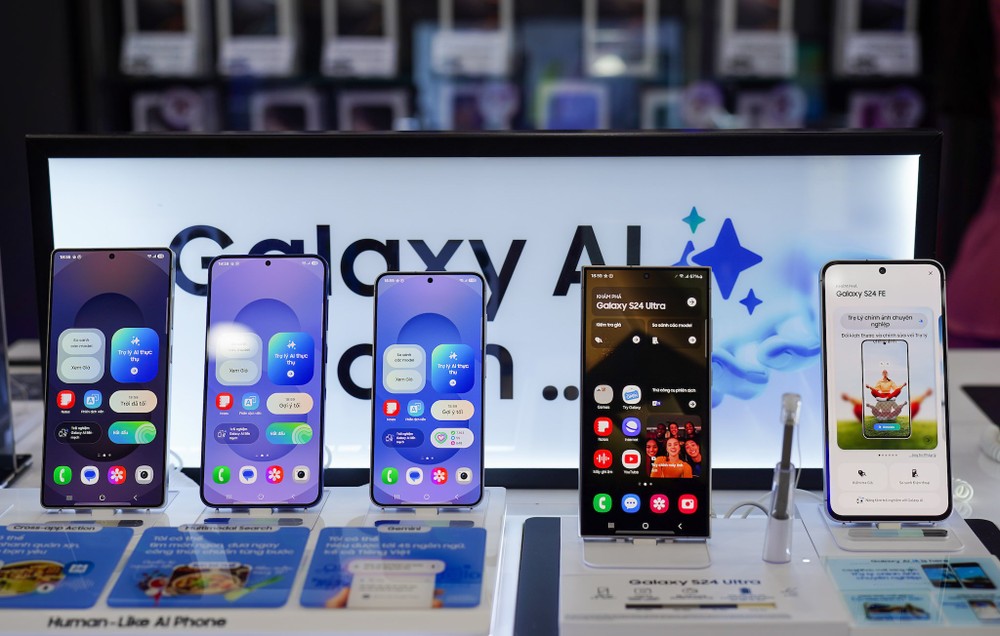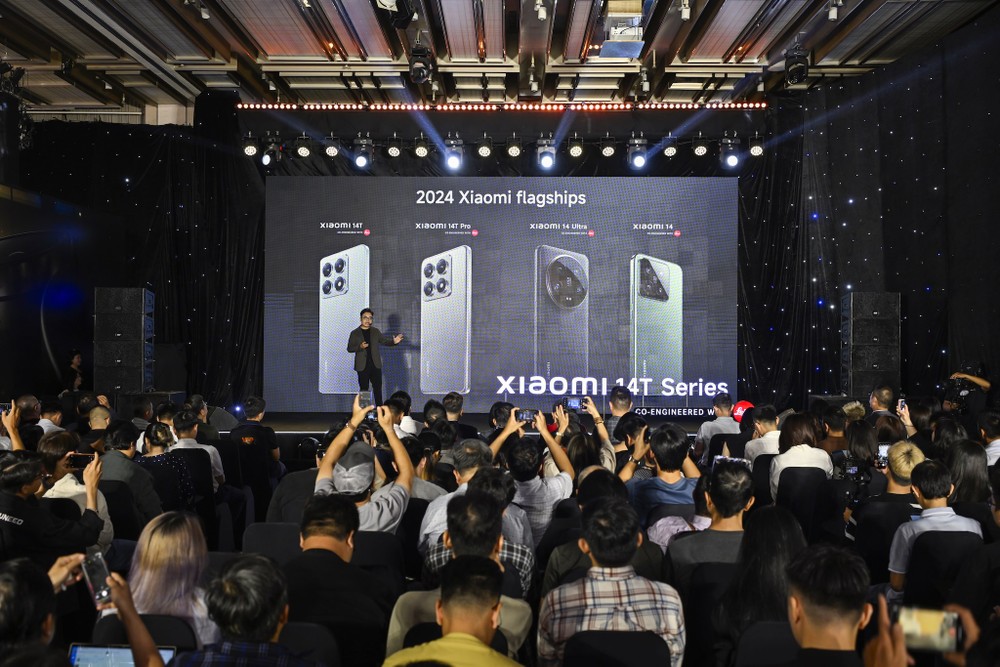The days of smartphones making significant leaps in design, performance, battery life, camera hardware, and display quality are long gone.
In recent years, annual design changes have been minimal. Take the Samsung Galaxy S series as an example; from the S23 Ultra to the S24 Ultra, the differences lie mainly in a slightly more angular design and some minor software tweaks. Even foldable phones haven’t seen many significant changes. If you place the Galaxy Z Fold 4, Z Fold 5, and Z Fold 6 side by side, they look almost identical.
In terms of performance, while new chips like the Snapdragon 8 Gen 3 are more powerful than their predecessors, will you truly notice a difference in daily use? In reality, today’s flagships are already powerful enough to handle any task smoothly. Improvements in displays and cameras are also becoming less noticeable.
Manufacturers might upgrade the refresh rate from 120Hz to 144Hz or slightly increase the brightness, but the actual experience isn’t vastly different from a device released two years ago.

The latest premium phones don’t offer much change from their predecessors. Photo: TIỂU MINH
2. Smartphones are getting more expensive
It’s undeniable that smartphone prices are rising.
A decade ago, you could own a flagship like the Nexus 6P for around $500. Even the Galaxy S6 Edge, one of the most premium smartphones at the time, started at $700. But in 2025, that price range is now reserved for mid-range devices.
If you want to buy a current flagship like the Galaxy S24 Ultra or iPhone 16 Pro Max, you’ll need to spend at least $1,200. Foldable phones even surpass the $1,500 mark.
This raises the question: are you willing to spend over $1,000 every year for a device that isn’t significantly different from your current one?
Moreover, if you genuinely need a new phone, instead of buying the latest flagship, consider models released one or two years ago. They still offer robust performance, high-quality cameras, and significantly lower prices.

Phone prices are on the rise. Photo: TIỂU MINH
3. Modern premium phones receive long-term software support
One of the reasons Android users had to upgrade frequently in the past was the short software update lifespan. A decade ago, most manufacturers only committed to two years of OS updates, forcing many to change devices early if they wanted the latest features.
However, this has changed. Currently, Google and Samsung promise up to seven years of software updates for their flagship devices. Other brands like OnePlus have also extended their support to 4-5 years.
This means you can use your phone for longer without worrying about it becoming obsolete. Even iPhones, known for their long update lifespan, are no longer significantly ahead of Android devices in this regard.
With extended software support, annual upgrades have become unnecessary. You can keep your phone for at least 3-4 years and still receive security patches and new features.

4. Lack of breakthrough innovations
When was the last time you felt a new phone was truly revolutionary?
While foldable smartphones can be considered a significant step forward, they still have drawbacks like poor durability and high prices. Additionally, manufacturers are increasingly focusing on software features rather than hardware upgrades.
For instance, instead of increasing the camera’s megapixel count to 200 MP, they could improve the sensor to increase pixel size, resulting in better low-light images. Or, instead of relying on AI for image processing, they could develop graphene battery technology to extend battery life, a factor users care about more.
In reality, companies are choosing the easier path, marketing new AI features without substantially enhancing the core user experience. This makes smartphones less appealing, and there are fewer reasons to upgrade annually.

Users should consider upgrading their phones every three years. Photo: TIỂU MINH
In conclusion, upgrading your phone every year is no longer necessary unless you genuinely need a critical new feature or your current device is deteriorating. With incremental improvements, soaring prices, and longer software support, considering a three-year lifespan for your phone is a wiser choice.
Free Up Space and Speed Up Your Slow Phone with This Simple Trick
Over time, most people find that their phones start to lag, overheat, and run out of storage. This is a common issue that many users face, and it can be a frustrating experience. The good news is that there are ways to optimize your phone and keep it running smoothly. In this article, we will explore some of the best practices to keep your device in top shape and improve its performance.














